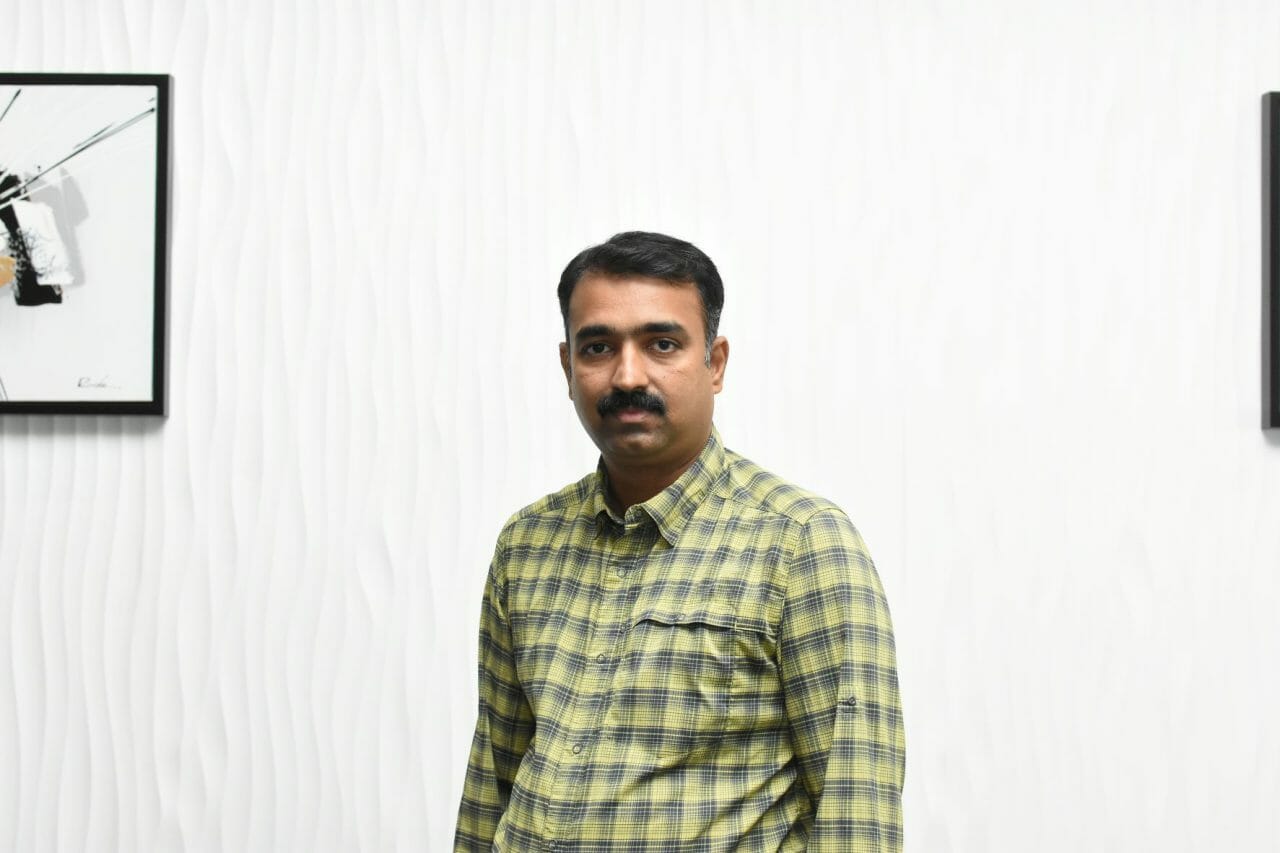Dr. Jayesh Cherusseri and Prof. Mohammad Khalid (School of Engineering and Technology, Sunway University, Selangor, Malaysia)
During the course of the Covid-19 pandemic, organisations had to accelerate the implementation of new technologies and practices to achieve their long-term sustainable development goals. However, it must be acknowledged that efforts to promote digitisation and the Internet of Things (IoT) had already begun prior to the pandemic, but without much attention being paid to health and human services. More emphasis and acceptance of new technologies during the pandemic prevailed not only in medical services but also in various other fields such as education, travel, human-tracking, self-assessment, etc. All these IoT devices make use of electrochemical energy storage devices to power them. When these IoT devices are connected to the human body, they become the Internet of Bodies (IoB). An IoB device connects the human body to a network via wearable devices that are ingested, implanted, or otherwise connected to the body.
Wearable technologies consist of an ocean of electronic devices that can be integrated with the human body either as an on-body device (such as a smart patch temperature sensor) or as a secondary device that can be connected to various body parts from wrist-wear, eye-wear, head-wear, foot-wear, neck-wear, body-wear and more. Based on reports*, the wearable technology market will see over threefold growth from USD115.8 billion in 2021 to USD380 billion by 2028.
The wearable electronic devices necessitate flexible and wearable energy storage devices to supply them with power for their long operation hours. Lithium-ion batteries and supercapacitors are the two major and more promising electrochemical energy storage systems among the various others. Supercapacitors are different from conventional capacitors in their charge storage mechanism, where they use electrolytes, as in the case of batteries. However, lithium-ion batteries are least preferred for wearable electronic devices as they are unsafe, hazardous to the environment, costly and rigid. On the other hand, supercapacitors are promising candidates for wearable technologies, owing to their fascinating qualities like long life cycle, quick charge and discharge rates, improved energy density and wide working potential range.
Supercapacitors can deliver power instantaneously to the IoB device connected with it and helps the person to monitor a particular function associated with his body. For example, a supercapacitor-powered smart patch glucose sensor can monitor the instantaneous glucose level in the body. It helps the person take necessary action in due course of time. Similarly, a sudden rise in temperature due to an illness can also be monitored if a supercapacitor-powered smart patch temperature sensor is used. This could be one of the most practical wearable devices used in postoperative care, ICU/HCU/NICU/PICU and Covid wards. The temperature of the patients can be monitored remotely from one place at all times instead of checking them individually at regular intervals. This reduces not only the medical staff’s workload but also offers a simple way to monitor and log the patient’s condition conveniently online and communicate with others immediately.
Another good example is the flexible supercapacitor-powered shoe-wear IoB device. This can monitor the movement and number of steps taken in a given time. It will help caregivers to monitor elderly people staying at home or to monitor patients’ capability to walk or run after recovering from accidents or serious illnesses such as Covid-19 infection. These patients’ blood pressure can be tracked concurrently if a supercapacitor-powered wrist blood pressure monitor is used. This blood pressure monitoring device is also helpful for patients with wide upper arms or someone who needs constant monitoring. In these cases, measuring blood pressure at the wrist is acceptable, and a supercapacitor powered-wrist blood pressure monitor will be helpful.
Supercapacitors can support all the IoB devices whenever necessary and can be charged instantaneously without plugging into a power socket if an energy conversion device is integrated. For instance, if a supercapacitor is combined with a solar cell and an IoB, the supercapacitor will charge during the day, preventing the need to remove the entire wearable module and plug it into a power socket. Another example is charging a supercapacitor with a wearable thermoelectric power generator, which converts body heat into electrical energy. Such thermoelectric-supercapacitor modules can be integrated into clothes, and a variety of other IoB devices, such as sensors that can be used in monitoring a range of variables such as body heat, blood pressure, glucose level, etc.
These digital technologies are inevitable for the pandemic and post-pandemic era due to their enormous possibilities in supporting the smooth functioning of institutional activities such as human mobility and healthcare monitoring. Once the IoB device successfully connects with the internet, data can be exchanged between the wearable device, and relevant authorities can remotely monitor the wearer’s activities. The data can also be sent to applications like MySejahtera to update the information in real-time. Furthermore, these wearable technologies reduce the need for physical monitoring, lower overall cost and provide numerous benefits to medical staff and patients, including mobility and round-the-clock monitoring capabilities.










